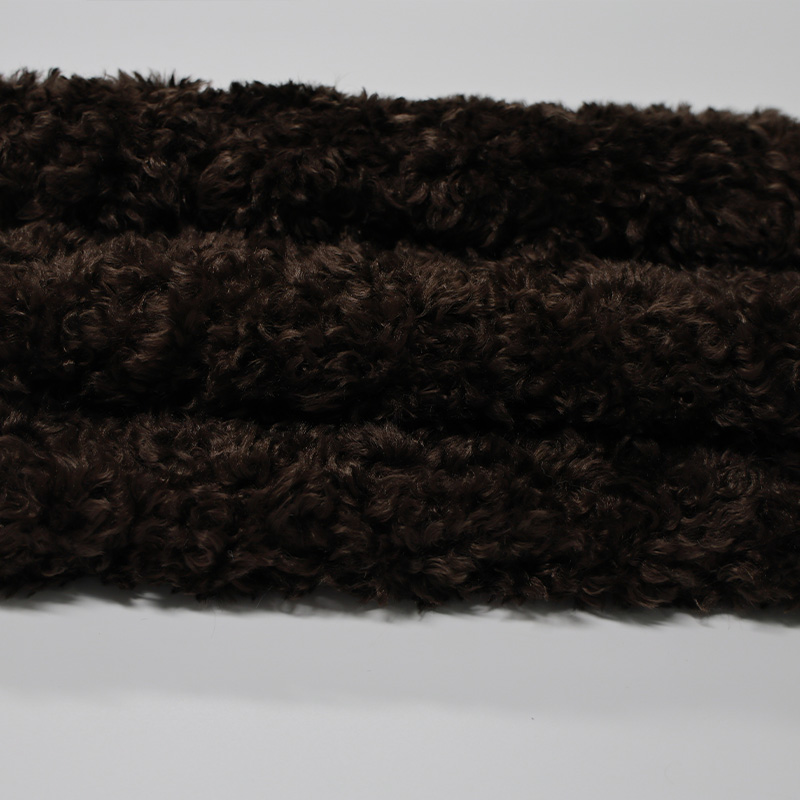











Curled velvet, known for its rich texture and opulent appearance, has been a staple in fashion design for centuries. However, like any fabric, it presents a series of challenges that designers must navigate to create functional and appealing garments. This article explores the limitations of curled velvet in fashion design and suggests practical strategies to address them.

1. Weight and Bulk
One of the most significant challenges with curled velvet is its weight and bulk. The dense, plush pile of the fabric can make garments heavy and cumbersome, limiting their versatility in fashion design. To overcome this, designers often opt for lighter-weight curled velvet varieties or blend it with other, more lightweight materials. This approach helps to reduce the overall weight of the garment while still retaining the velvet's unique texture and aesthetic.
2. Breathability
Another limitation of curled velvet is its lack of breathability. The dense fabric structure can make it less suitable for warmer climates or high-activity settings. To address this, designers may incorporate ventilation techniques such as strategic cut-outs or mesh linings. These design elements can help improve airflow, making curled velvet garments more comfortable to wear in a variety of conditions.
3. Durability and Wear and Tear
Curled velvet's delicate texture can be prone to wear and tear, especially in high-friction areas such as elbows, knees, and hems. To enhance durability, designers may choose to reinforce these areas with stronger, more resilient fabrics. Additionally, selecting high-quality curled velvet and using robust stitching techniques can further extend the lifespan of the garment.
4. Maintenance and Care
Curled velvet requires careful handling and maintenance to retain its appearance and texture. The fabric's delicate nature can make it susceptible to pilling, fading, and shrinkage. To mitigate these issues, designers often include detailed care instructions with their garments, recommending gentle cleaning methods and avoiding harsh chemicals. Encouraging consumers to follow these guidelines can help preserve the beauty and longevity of curled velvet fashion items.
5. Versatility in Design
While curled velvet's lush texture is a selling point, it can also limit design versatility. The fabric's bulk can make it challenging to work with in certain styles or constructions. To overcome this, designers may experiment with innovative cutting and sewing techniques, or incorporate curled velvet as a design element rather than the primary fabric. This approach allows designers to harness the fabric's aesthetic appeal while still creating functional and fashionable garments.
6. Cost and Availability
Finally, the cost and availability of curled velvet can pose challenges for fashion designers. High-quality curled velvet is often more expensive than other fabrics, and sourcing it can be difficult, particularly in larger quantities. To address this, designers may explore alternative suppliers or consider using similar, less expensive fabrics that mimic the look and feel of curled velvet. Alternatively, they may focus on creating smaller, limited-edition collections that prioritize quality and uniqueness over quantity.
In conclusion, while curled velvet presents a series of challenges in fashion design, there are practical strategies to overcome these limitations. By addressing issues such as weight, breathability, durability, maintenance, versatility, and cost, designers can harness the fabric's unique aesthetic appeal while creating functional, stylish, and enduring garments. As the fashion industry continues to evolve, designers will likely continue to innovate and adapt, finding new ways to incorporate curled velvet into their collections while addressing its inherent challenges.